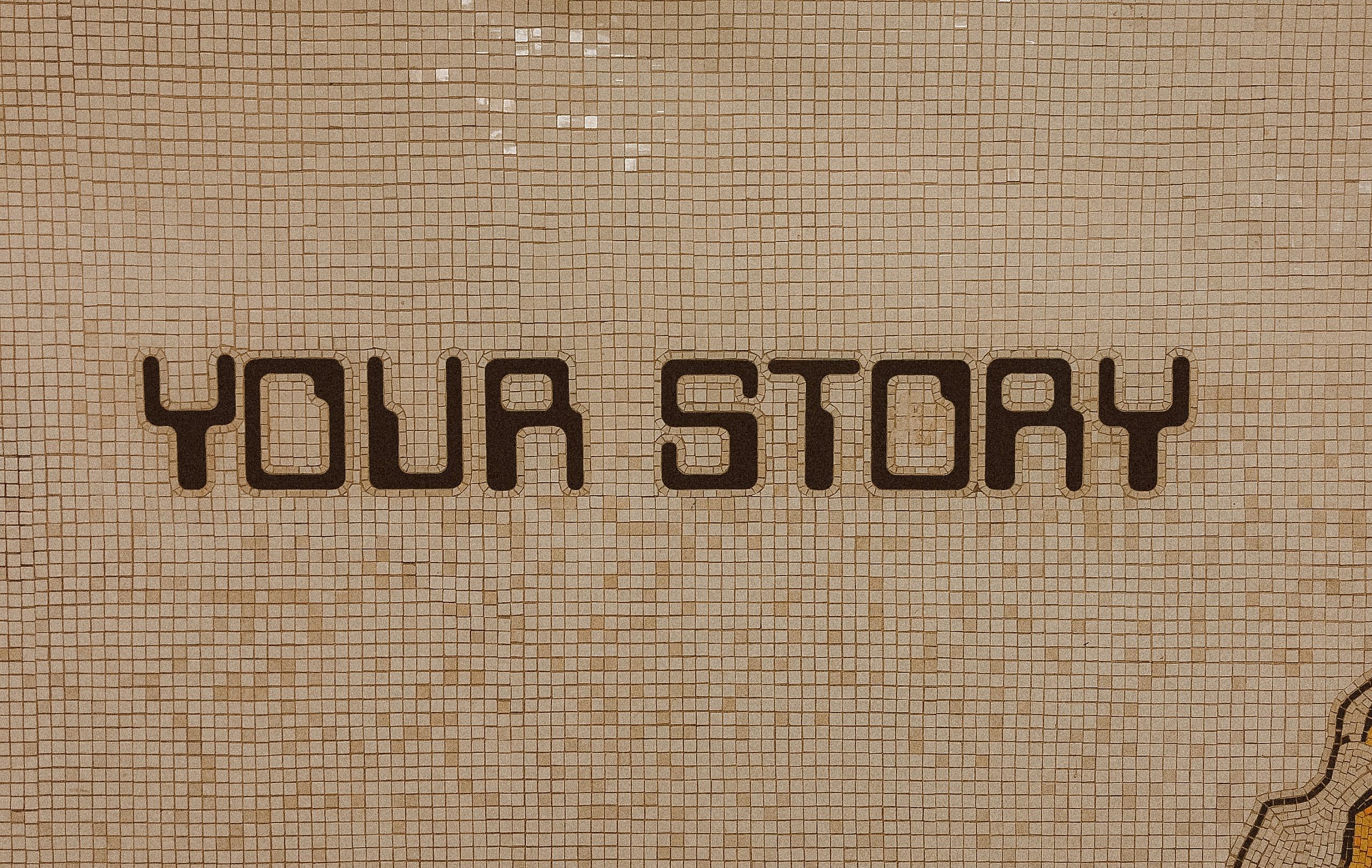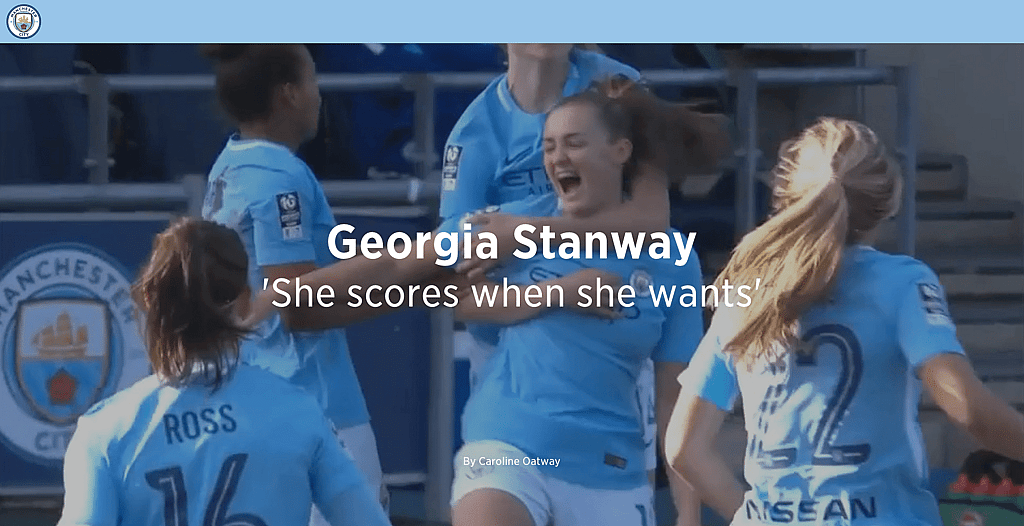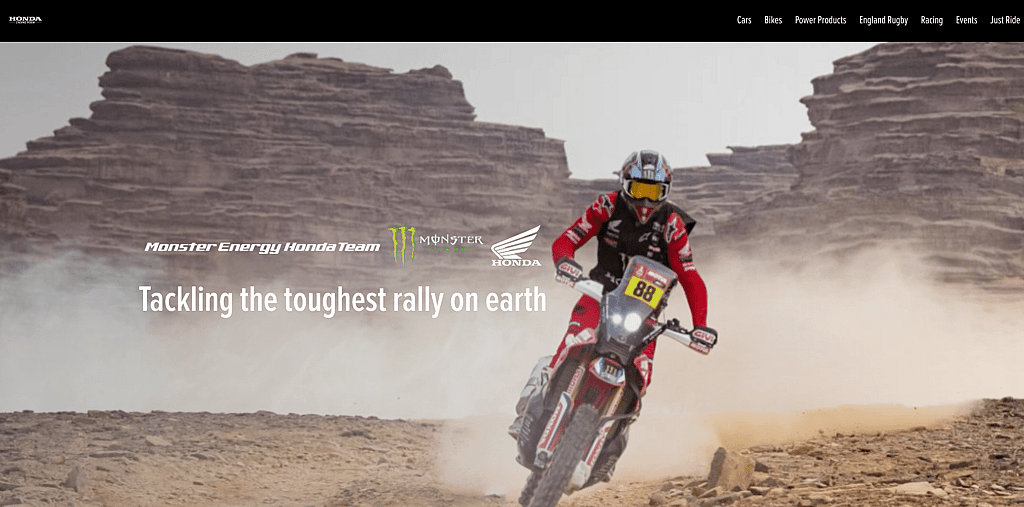10 examples of strong brand storytelling (updated 2023)

Linking storytelling to your brand can be easy. But what are the best practices in how brands integrate strong emotional responses to their initiatives?
Brands know they must find ways to create, produce and deploy strong and impactful brand storytelling.
One of the most powerful marketing tools at a brand’s disposal is strong brand storytelling, which helps companies build an emotional, human connection with their customers. Brand storytelling allows companies to create a narrative around their products and services, creating a deeper level of understanding and loyalty among consumers.
Audiences are looking for that emotional connection, that emotional punch.
People watch movies and binge-watch series because these productions are able to create that kind of connection (and it is the reason why also producing television shows at Toast, alongside branded content, makes so much sense).
Some brands do it very well. Consistently.
Below are examples (updated for 2023) of brands that tell incredible stories, authentic stories, through a compelling brand story:
- Yara International
- Kamik
- Apple
- Formula One Racing
- Patagonia
- Proctor & Gamble
- Volvo
- Airbnb
- Manchester City
- Honda & Monster (cobranded storytelling)
Yara International
Yara International is a Norwegian-based chemical and fertilizer company with operations in over 70 countries. Founded in 1905, Yara has grown to become one of the world’s leading providers of fertilizers, crop nutrition and environmental protection solutions. Yara believes in sustainability and looks to ensure that its products are produced responsibly, with respect for the environment. The company also works hard to improve global food security and create economic opportunities for farmers around the world.
It is in this context that they launched the “Growers for the future” campaign.
In this campaign, the focus is on a hard reality of growers of today: succession.
Within the Growers for the Future brand, the brand created “Stories of Succession,” a creative concept designed to demonstrate Yara’s understanding and support of farmers in an emotional manner that had not been expressed by any other brand. This concept highlighted both the fears and worries, as well as the hopes and dreams of farmers around the globe.
Adding a rational layer to support the emotional level would provide vital information for farmers, and could contribute to profitability, efficiency and sustainability – all of these being important factors for Yara.
This paved the way to series of videos and content assets that tackle this theme, through the voice of actual farmers and growers.
Kamik
Kamik is a Canadian footwear company dedicated to creating quality, sustainable products for the outdoors. They create winter boots, rainboots, sandals, shoes and more that are designed to keep feet warm and dry in any environment. Kamik also embraces their commitment to preserving the environment by using sustainable materials and processes in their production. Their passion for the outdoors shines through in their creations, making them a trusted brand for outdoor enthusiasts.
When Kamik reached out to Toast to build a content marketing strategy for the brand, our main challenge was to find a red thread that would unite all content assets that would be produced.
It is through this process that the #FreeYourPlay campaign was created, putting forward the importance of free play when you are a child. Throughout the campaign and backed by academic research, we outline and tell the compelling story of the importance of letting children play freely in order to build and strenghten their imagination and autonomy.
Apple
Throughout the world Apple has brand equity and awareness.
And throughout the world, the same brand storytelling applies in their marketing strategy.
For decades Apple has built on the same roots it put in place way back then: Think Different.
In the first example below, Steve Jobs narrates the first of Apples ‘Think Different’ commercial “Here’s to the Crazy Ones”. It never aired. Richard Dreyfuss did the voice over for the original spot that aired.
The message he wanted Apple to carry? “The ones who are crazy enough to think that they can change the world, are the ones who do”
To this day, this is the type of attitude that Apple wants to support with its products and its services. More recently, they launched the “Apple at Work” campaign, in which one of the fiction video stays very much in line with the overarching message built decades ago:
https://www.youtube.com/watch?v=GC5Gmkn92Bg
Formula One Racing
(You can read our in-depth analysis of this series here: Formula 1: Drive To Survive is the ultimate branded content)
Drive To Survive is an innovative series created by Netflix that follows the world’s most elite Formula One drivers as they battle for glory on and off the track. The series offers a unique and thrilling perspective of the sport, with exclusive access to the drivers, teams, and iconic circuits. With stunning cinematic footage and behind-the-scenes stories, Drive To Survive has quickly become one of the top sports documentary series around.
The show has been praised for its creative approach to branded content. By focusing on storytelling rather than product placement, Drive To Survive successfully captures viewers’ attention in a way that more traditional advertising can’t. The series also features interviews with experts in the industry, giving viewers insight into the lives of their favorite drivers and the sport itself. In addition to its compelling content, Drive To Survive also utilizes effective marketing strategies such as social media campaigns and strategic partnerships to further promote the F1 brand.
Overall, Drive To Survive is a great example of how branded content can be used to engage audiences and create unforgettable experiences. By combining storytelling with powerful visuals and strategic marketing tactics, this series has become one of the most popular sports documentaries available today.
Patagonia
Yvon Chouinard, the founder of Patagonia, has had the same message since the 70’s: “If you can create a company of honest messaging and truth, your customers will look to you for what’s right.”
Patagonia is an outdoor apparel brand that focuses on creating sustainable and high-quality products while inspiring customers to have a positive impact on the environment.
Patagonia’s culture is focused on creating sustainable, high-quality products while inspiring customers to have a positive impact on the environment. They strive to be honest and transparent in their messaging and believe that customer loyalty comes through doing what is right. Patagonia is passionate about protecting the planet by reducing its environmental footprint in all aspects of its business.
This means that one message they keep on telling is: DON’T BUY OUR PRODUCTS.
This might sound surprising but for as long as we can remember, Patagonia has held on to the story that a product they sell should be worn until it is unusable and unrepairable.
There are many examples of this brand storytelling arc in Patagonia’s history, but the example below shows this in striking manner. They basically tell the story of a small community that does not buy new Patagonia coats when kids outgrow them, they pass it down.
Proctor & Gamble
The Content Marketing Institute has published examples of brands that really found their voices and keep producing great brand storytelling.
Proctor & Gamble stood out for us in the article.
The reason?
It went back to its values, what the brand stands for and built on that. They did not try to pack a product shot into the story, they did not start from a product or service. They started from their purpose.
For P&G, it became a content initiative based on diversity in media investment. It follows similar content that was produced to support black creators in the United States.
Their goal: tell stories that matter.
“All brands – regardless of size – can tell and promote the stories of people who don’t have a platform to further their message.” (quoted from the CMI article)
Volvo
As for Volvo, a great piece they tells the stories of people whose lives were saved by the 3-point seatbelt the brand invented.
It does not talk about their most recent models. It does not talk about the service you can get with your Volvo car.
It tells a story around what the brand has always stood for: road safety.
Airbnb
There are so many great examples of strong brand storytelling.
Airbnb is one of them.
In their series “Host Stories“, they showcase great stories where Airbnb made a difference in a host’s life.
This approach is directly in line with what we teach and advocate when speaking about brand storytelling: it is not about you, the brand. It is about your stakeholder (customer, partner, etc) and how your brand HELPED solve THEIR problem. Your brand is a guide that has a plan (this is actually textbook from the Storybrand model).
In their case, the stories aren’t told using video, but rather as thoughtful articles that tell the story. And I think this is what makes theses stories work so well. They are easy to share, easy to consume.
Telling these types of stories falls into the “story of success” type from our article 6 types of stories for powerful brand storytelling. Types of stories that, just like what Storybrand recommends, focuses on the reader and how they can identify with the main character of the story rather than focusing on the brand and how good their product or service is.
Manchester City
Manchester City is an English football club that has global awareness.
Sports has always been a great vehicle to tell stories. There is emotion, energy, empowerment, athletes that live to go beyond themselves.
And this is exactly the type of story they put forward when introducing top women’s goalscorer Georgia Stanway.
This is a story about a woman who overcame adversity to become one of the world’s greatest athletes. It’s also a story about a football club that has been committed to supporting female sports since its inception. The type of story fans (and non-fans) can relate to. One can identify with this woman and how she went beyond expectations to play for one of the most prestigious teams in the world.
A story that fits the “Story of people” from our 6 types of stories for powerful brand storytelling article.
Honda & Monster
What do you get when two brands get together to share audiences, intent and values?
You get the type of story Honda & Monster were able to create around the Dakar Rally off-road endurance race.
Once again, a strong example of brand storytelling that goes beyond the brands’ products and services. It is all about both brands’ desire to tell extreme stories.
It is all about what content will interest the audience they want to reach.
And this is where cobranding, and brand collaborations work best. Each benefits from the other’s digital audiences, expanding the reach of the story, while also sharing risk and costs.
A win-win situation.
These are brands that “get” brand storytelling. That knows how it creates an impact and why it is important for brands to go beyond features and benefits.
How is YOUR brand doing this? What does your brand stand for? Who can your brand give a voice to? Let’s talk about it.






